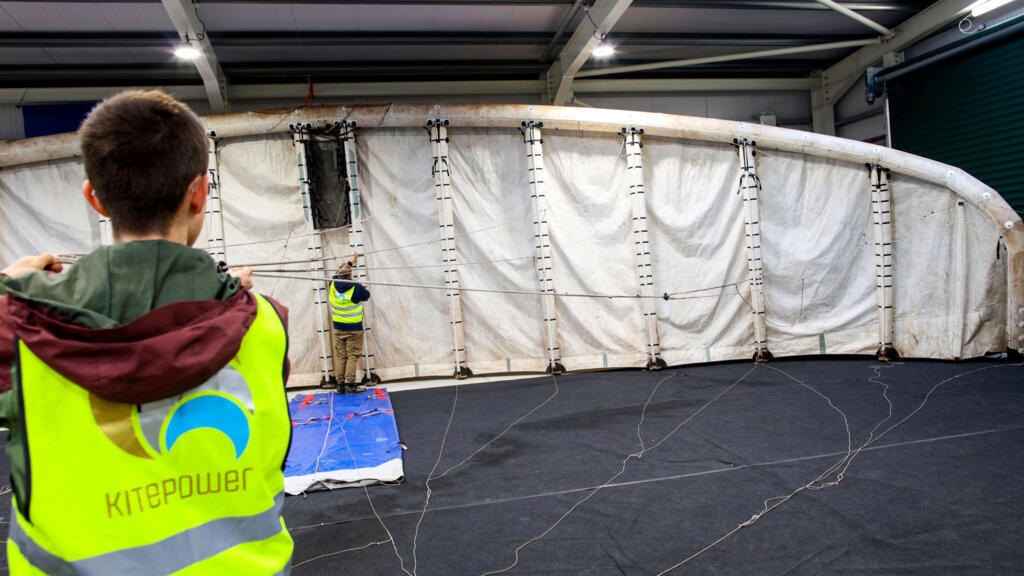New Delhi: There was such a view in the sky, which the scientists were also shocked to see. It was electricity but not as you see every day. This was the longest ‘megaflash’ in history, which spread to 829 km. That means from Delhi to Bhopal, and even beyond that! This record was made of electricity on 22 October 2017 from Texas in the US to Kansas City. Its official announcement has now been made by the United Nations Meteorological Agency WMO (World Meteorological Organization).
How big was this megaflash?
829 kilometers i.e. an electric streak which covered a distance equal to 3 countries. The previous record was 768 km, which spread from Mississippi, USA on 29 April 2020. Now he is behind. The mistake of ± 8 km is possible in both records, but this does not affect their grandeur.
Electricity
Many big flash were recorded in this storm. Scientists re -analyzed them and found that a megaflash of 2017, which was previously ignored, actually creates a new world record. WMO expert Randle Survey said, ‘Electricity can sometimes reach far away from the storm. This is the reason why people often say- ‘Bolt from the Blue’.
It is not only shocking, but also dangerous
WMO has warned that such megaflash can pose a threat even in far-flung areas. Therefore, there is a plan to connect all people around the world to advanced weather warning system by 2027. WMO chief Cells Saoolo said, “Electricity is exciting to watch, but it also takes many lives in the world every year.”
3 more world records related to electricity so far
The longest time electricity lasts: 17.102 seconds, Uruguay and Argentina on 18 June 2020.
Most of the deaths (indirect): In 1994, oil tanks caught fire due to lightning in Egypt’s Dronka city, causing 469 people to die.
Most deaths in a strike: Lightning fell on a hut in Zimbabwe in 1975, 21 people killed.
Miracle caught by satellite
Electric satellite mapping started from 2016. That is, the electricity data on such a large scale is still new. Michael Peterson, a scientist at America’s Severe Storms Research Center, says, “As the data increases, we will get to see even more unique electricity incidents.”


